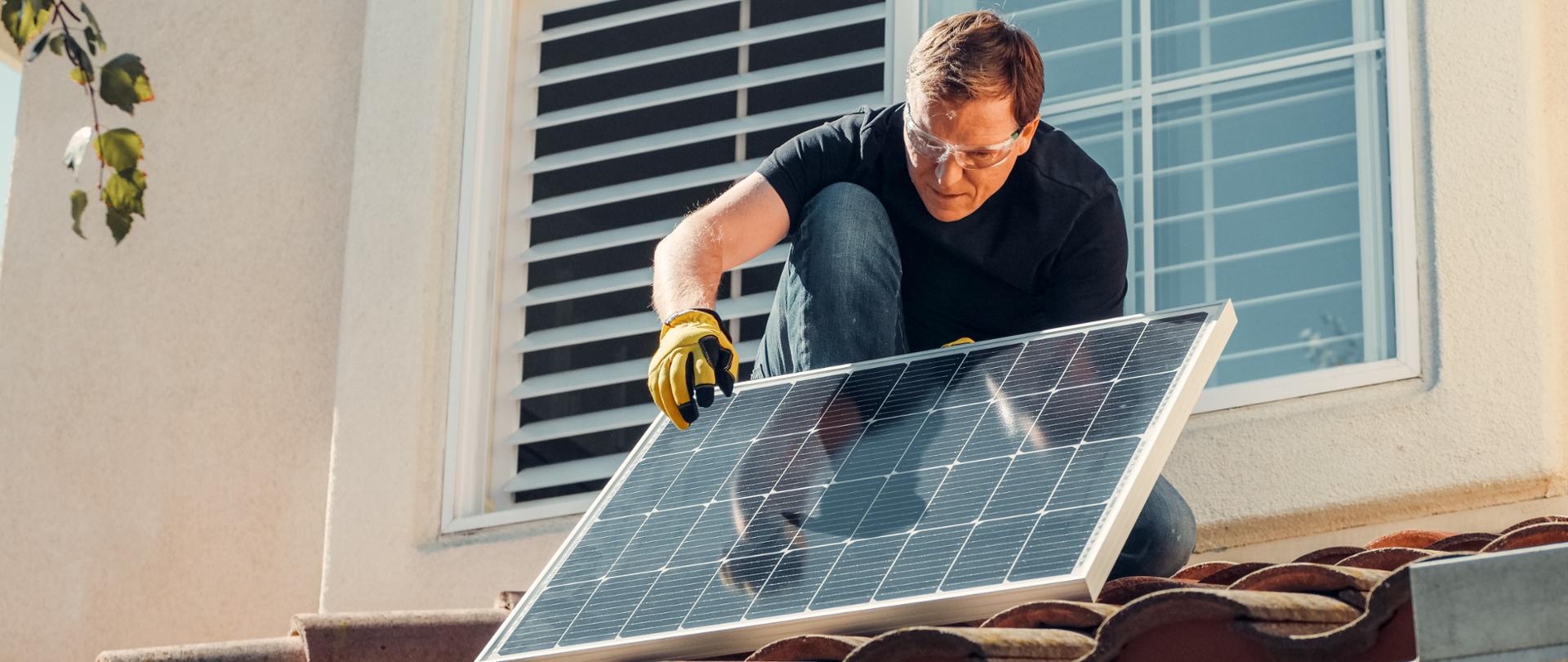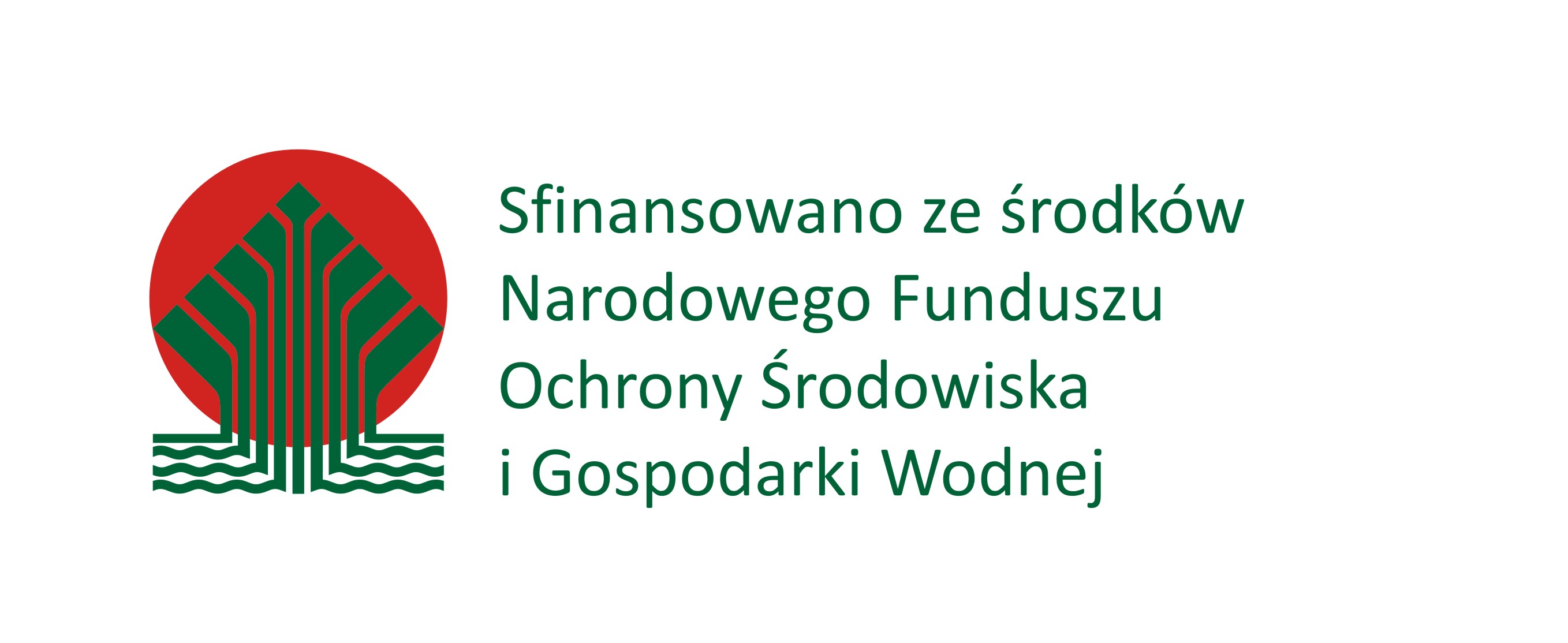What a municipality can do to protect the climate and the environment – examples of good practice
There is no doubt that anthropogenic climate change has become a fact, which is constantly confirmed not only by subsequent scientific publications but, most of all, extreme weather phenomena occurring in our country with unprecedented intensity. Drought, whirlwinds and violent storms affect us more frequently. This is a clear signal that it is necessary to conduct mitigation and adaptation measures in relation to the current climate change, the implementation of which will not be possible without the initiative of local authorities.

Obviously, mitigation and adaptation measures conducted by local governments in relation to the current climate change also depend on actions taken on an international scale, which then determine the directions of change also in the field of national and local law. Local government units may, however, initiate and introduce their own solutions in this regard.
What actions can a local government take?
Every local government has the right to shape and create ecological policies in accordance with the competences conferred upon municipalities, districts and voivodships by law. Among the legal acts that are in force in this regard is the Act of 8 March 1990 on municipal government which includes provisions on spatial order, land management and environmental protection, as well as the following specific acts:
- Act of 20 July 2017 – Water Law; Act of 27 April 2001 – Environmental Protection Law;
- Act of 16 April 2004 on nature conservation,
- Act of 13 September 1996 on maintaining cleanliness and order in municipalities.
On the basis of these acts, the municipalities have the right to undertake pro-ecological activities in their territory and to implement (and evaluate) environmental investments and actions aimed at improving the quality of air, water and soil. Their provisions also regulate penalties for violating environmental rules.
The obligatory activities of the municipalities are as follows:
- defining the rules (mainly in form of regulations) for maintaining cleanliness and order;
- ensuring the construction, maintenance and operation of installations and devices for the recovery or disposal of municipal waste or of stations for sewage collected in septic tanks;
- selective collection of municipal waste;
- preparation and adoption of the municipal environmental protection policy;
- conducting proceedings concerning the assessment of the environmental impact of projects that may significantly affect the environment, as well as of strategies, plans and programmes in fields related to the environmental protection;
- collecting information from natural persons who are not entrepreneurs on the type, amount and places of presence of substances posing a particular threat to the environment;
- monitoring of compliance with and application of environmental protection regulations within the scope of the municipality’s competence;
- issuing decisions imposing on installation operators the obligation to carry out emission measurements within a specified period;
- sharing information on the environment and its protection held by the municipality,
- undertaking top-down actions in relation to the implementation of legal acts dictated by national or EU law;
- creating and maintaining green areas and trees in proper condition.
Examples of additional positive activities of the municipalities:
- using renewable energy to power part of municipal infrastructure (e.g., solar-powered streetlights);
- positive changes in waste management (e.g., mobile collection points of electronic waste and other types of municipal waste);
- running free energy advice points;
- rational management of rainwater;
- conducting educational activities (e.g., workshops, art competitions or exhibitions on pro-ecological issues);
- replacement of the existing energy generation units and sources with low-emission units;
- modernization of the heat distribution network (reduction of heat losses);
- increasing the percentage of biologically active areas by reducing impervious surfaces or by unsealing them;
- construction of warning and information systems about threats related to the climate change;
- allocating part of the budget for the implementation of climate and environmental protection projects,
- involving residents in pro-climate activities.
These are just few examples of pro-ecological actions that can be and often are taken by local authorities to protect the climate.
As regards measures related to water management, a perfect example is the improvement of the water balance and the increase of water retention. Retention is a method of water management that allows not only to avoid flooding in the periods of high-water stages, but also to retain water in the natural environment and to reuse the collected water (e.g., in fire tanks or irrigation systems). It is possible to increase the retention by planting trees and shrubs (expansion of green areas) and by efficiently managing the retained water. Everyone can also save water at home by using rainwater tanks. The fact that Poles have them in their gardens more and more often is evidenced by the two previous editions of the My Water Programme which enjoyed great popularity. A good practice regarding the adaptation to the climate change is to increase the planting of trees and shrubs. It is related with spatial planning which involves a departure from the construction of the so-called concrete deserts. Thanks to this approach, greater shading is gained, and thus lower temperature is perceived on hot days, which directly affects the comfort of life of the residents. Tree lines along communication routes not only provide shade and retain water but also contribute to the improvement of the municipality's microclimate. It is currently becoming more and more popular to replace traditional lawns with flower meadows which support bioretention and biodiversity while significantly enriching the aesthetics of the area. Another excellent example of positive actions is the investment in green roofs and walls. They have numerous economic and ecological advantages. They clear the air, lower the ambient temperature, increase the landscape diversity, retain rainwater (i.e., increase bioretention), regulate the temperature inside buildings and increase the species diversity in cities (which applies to both fauna and flora).
An example of actions related to waste management is the promotion of waste segregation and the provision of educational activities. People who are well informed about how to segregate waste will have less doubts when performing this duty, which will make it easier for them. However, in addition to activities aimed at educating in this area, it is also necessary to provide free access to segregated waste containers and points of collection of hazardous household waste and used electronic devices. It is often the distance, time and inability to transport heavy waste that prevent the residents from visiting the Municipal Waste Selective Collection Points, which is why some municipalities take the initiative by organizing mobile points. This is a positive example of action in this regard. It is also worth adding that proper segregation allows to decrease the amount of waste in landfills and thus reduces harmful emissions of greenhouse gases.
When it comes to reducing harmful pollutant emissions to the environment, a good practice is to implement the Low-Emission Economy Plan which should include positive measures to be taken in relation to air protection in the municipality. This plan should also indicate activities aimed at supporting energy efficiency, using renewable energy sources, ensuring thermal modernization of facilities and conducting educational activities related to the above-mentioned areas, as well as to the climate change and the sustainable management of natural resources.
The municipalities also often participate in priority programmes, i.e., national and EU support programmes aimed at improving the quality of the environment and introducing measures with the objective of meeting specific goals (e.g., improving air quality). These projects are co-financed by the National Fund for Environmental Protection and Water Management.
An example of such a programme is the Clean Air Programme involving comprehensive actions aimed at improving air quality and reducing greenhouse gas emissions. It includes replacement of heat sources and improvement of the energy efficiency of single-family residential buildings. The programme is systematically improved so that as many beneficiaries as possible can benefit from the support (e.g., the application has been simplified, the time of its examination has been shortened and the e-application has been enabled on the Gov.pl Portal). In addition, in 2020, within the second edition of the Clean Air Programme, the level of co-financing was increased to PLN 37,000, and in January 2022, its third edition was launched with the level of co-financing of PLN 69,000 for residents whose monthly income does not exceed PLN 900 or PLN 1,260 per person (in case of multi-person and one-person households, respectively) and for people who are entitled to benefits.
Another programme supporting the fight against smog is the Stop Smog Programme which gives all interested local governments a chance to receive 70% co-financing for low-emission investments, such as: liquidation or replacement of heat sources with low-emission ones, or thermal modernization in single-family residential buildings. The remaining 30% is the own contribution of the municipality/
district. Thanks to this, residents of the municipalities located in the area where the so-called anti-smog resolution is applicable can receive 100% financing. The final beneficiaries of the Stop Smog Programme are people whose average monthly income per one household member does not exceed 175% of the lowest retirement pension in a single-person household, or 125% of this amount in a multi-person household.
What is more, apart from the statutory measures to counteract harmful emissions, the municipalities often come up with their own initiatives (e.g., celebrating the World Car-Free Day or co-financing the purchase of public transport tickets on days with exceptionally high air pollution). In some Polish towns, a free public transport programme has also been implemented. Such a solution has been introduced in Bełchatów, Michałowice, Lidzbark Warmiński and Łuków, among others. However, these are temporary actions. When it comes to long-term changes in this area, it is worth noting actions aimed at replacing the public transport fleet with one powered by alternative energy sources (with electric or hybrid drive), as well as at planning urban space in such a way as to reduce car traffic in the centres of large cities. It is definitely an ecological path of development which shows that air quality can be significantly improved in the cities which introduce solutions such as the above-mentioned programmes and conduct additional activities.
It is also worth mentioning the Green Civic Budgets. They are a form of social consultations aimed at identifying the needs of city residents in relation to environmental protection and broadly understood ecology. This means that participants of this project who have ideas, the implementation of which may contribute to the improvement of the quality of the environment in their cities, may submit their applications.
As in the case of the Civic Budget, funds are distributed between auxiliary units of a city or municipality, and some pool of funds is also allocated for projects covering the entire city. This means that a project of a local nature covers one auxiliary unit. If the residents of more than one part of the city take advantage of the same idea, the project is then of a city-wide nature. Activities financed by the Green Civic Budgets include the revitalization of parks, the installation of nesting boxes for birds or the creation of educational paths in parks or on flood embankments. The village funds are also a form of participatory budget. These are financial resources separated in the municipality's budget, which are guaranteed for villages to implement projects aimed at improving their living conditions. It is the residents of a given village who decide for what purpose they will be allocated, which means that they can also be spent on environmental and climate protection purposes.
The Good Practice Guides, which were created as part of the City with Climate Competition, are extremely valuable. They present environmentally friendly municipal investments that have been awarded in the competition. The Good Practice Guide of 2021 can be downloaded from the following website: www.gov.pl/edukacja-ekologiczna/miasto-z-klimatem---najlepszy-zrealizowany-projekt.
 |
 |